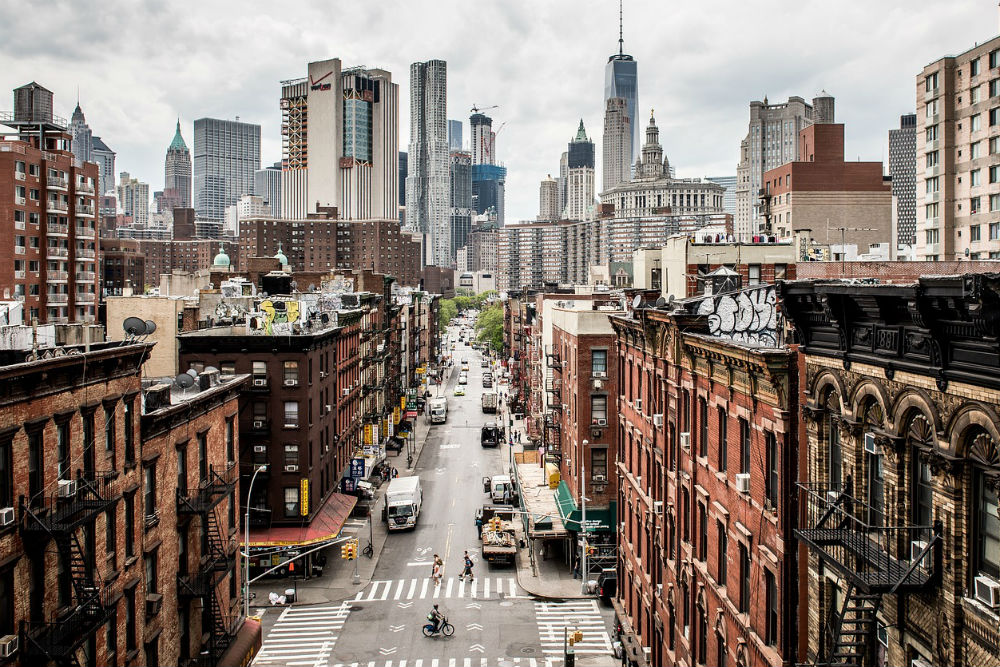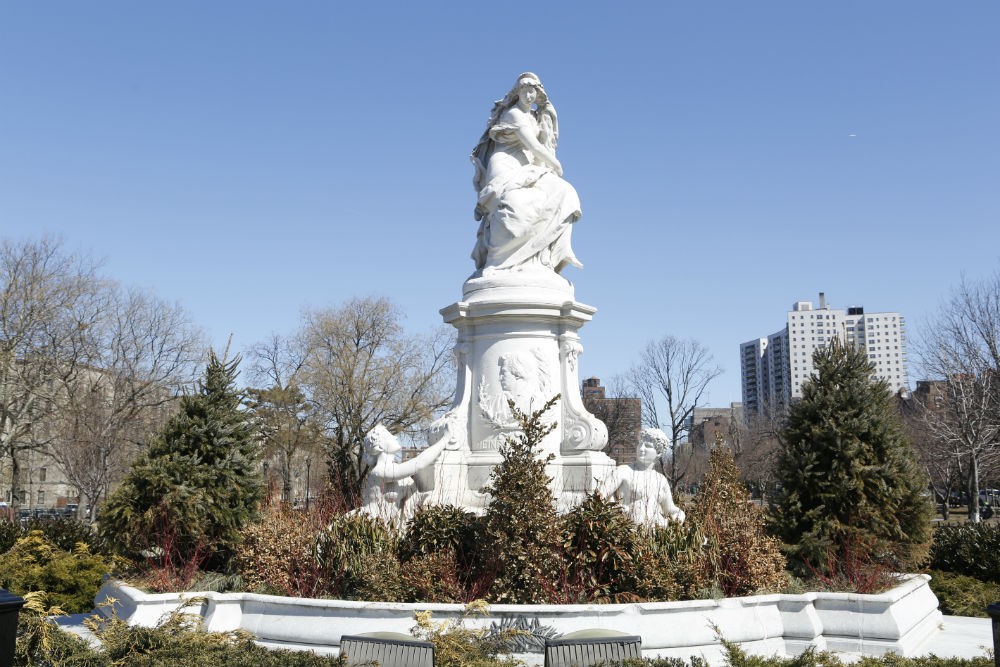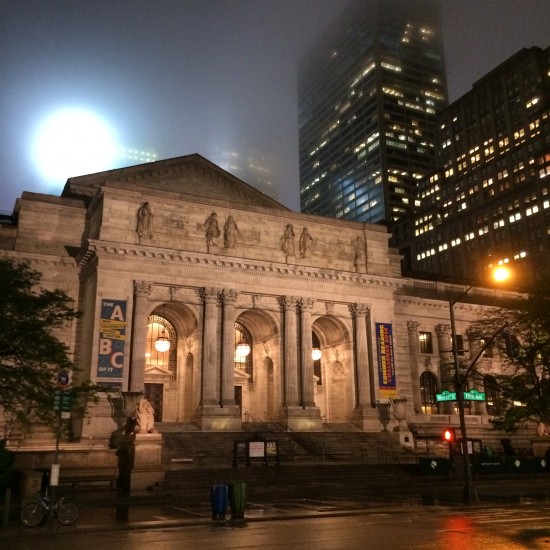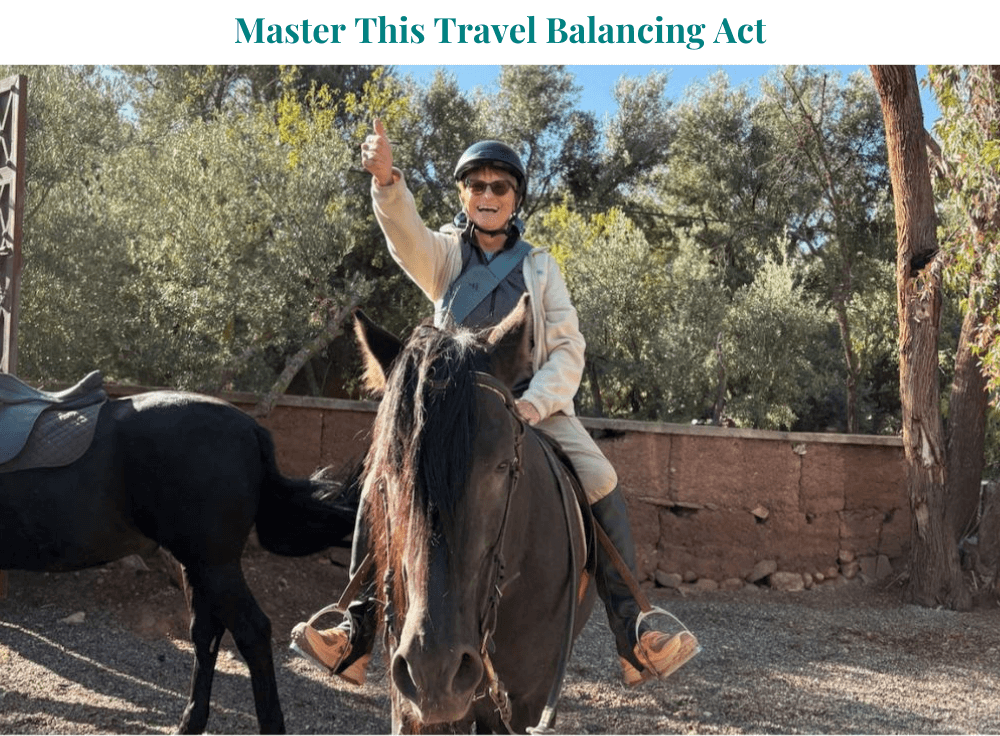The Ultimate Walking Guide to New York City
 New York City neighborhoods. Photo: Pixabay/wiggijo
New York City neighborhoods. Photo: Pixabay/wiggijo Justin Davidson has X-ray vision. As the architecture critic for New York magazine, he is trained to examine and evaluate the design of the city’s ever-changing skyline. But it’s his interest in the stories inside those buildings that makes his work so compelling: who lived there, what kind of lives did they lead, and what ripple effect did those lives have on the city around them? These are the details that bring a place to life for Justin, and when he started sharing them in informal walking tours for the parents of children at his son’s school (as part of a benefit auction), he found that others were fascinated too. After a guest on one of those walks turned out to be a book publisher, an idea emerged to transform his strolls into a book. Hitting bookshelves this week, Magnetic City: A Walking Companion to New York is a collection of narrative walking tours that uncover exciting new views about the city and the secrets its architecture holds.
“I didn’t think of it as a tour book,” Justin told us over the phone. “I thought of it as a composite portrait of New York through the things that interest me: walking, history, art, and architecture. And I’ve spent a lot of time looking at its architecture. For me, the architecture is always so enmeshed with other aspects of the city.”
Justin himself is an interesting story: Born and raised in Rome, he moved to New York (where his parents were from) in 1988 to earn his doctorate in musical composition at Columbia, then went on to have a Pulitzer Prize-winning career as a cultural critic, covering both architecture and classical music.
We talked to Justin in advance of Magnetic City’s release this week, to learn more about how an architect sees beyond exteriors and structure—and how that perspective can help travelers get more out of their next trip to the Big Apple. He ended up not only giving us insight into the way his book stands apart from typical do-this-look-at-that guidebooks, but also revealing some of the hidden stories told by the architecture of NYC.
Are you a big fan of walking tours yourself?
I love walking tours, and when I visit a city I try to find the best books that offer them. The best to me are the kind that say something you wouldn’t have otherwise noticed.
There are a lot of walking-tour books out there. What is different about Magnetic City?
For one thing, the book is light on the big sights and monuments. There are a lot of things I don’t hit because you can get those easily in other places. What I try to do is give people a sense of how the past and the present of the city are constantly intertwined, how wherever you’re standing you have a sense of everything that came before you and how it’s changing. Looking back and looking forward is such an intrinsic aspect of living in New York, and I wanted the book to get that across. It’s a partial biography of the city.
How did you decide what areas to include?
I picked neighborhoods where I felt I could tell the richest stories and where they had a fairly long chronological arc. That meant neighborhoods that have developed over time; I felt myself less interested in neighborhoods that popped up all at once because they were built by developers. But I wanted each one to say something about each part of the city.
What do you hope travelers get out of Magnetic City?
All I can offer is my way of understanding it and my way of presenting it and to do it with some depth. The tours are long—they take a while to do—and hopefully at the end of them you have a richer sense of why the city is the way it is in all its beauty and ugliness and excitement.
Four ways to see NYC in a new light
- The Story of the Eccentric Upper West Side Intellectuals
I start the chapter about the Upper West Side at the corner of 89th Street and Riverside Drive. It’s a place you almost don’t notice, up stairs and behind trees, but to me it’s a tremendously evocative place in what it says about the Upper West Side in that moment in history and New York. It was built in 1905 and it’s one of the last surviving mansions on Riverside Drive; most were demolished and turned into apartment buildings. This one was built and lived in by Julia and Isaac Rice, who were an affluent Jewish couple. He had made money in various ventures including defense contracts and railroads. She had a medical degree. They were hyper-educated, cultivated, affluent, and had this unusual outlook on life. She was sensitive to what was then a tremendously noisy neighborhood from all the river traffic, so she founded the Society for the Suppression of Unnecessary Noises, which sounds like a crank’s weekend project but which was actually fairly influential on what we would today call noise pollution. As a medical professional she felt noise had an ill effect on convalescing; she related that to the mental health of patients. He was really into chess. So he built himself a private chess room in the basement and retreated there. He became a chess celebrity and sponsored a competition to use the Rice Gambit, an opening gambit he invented. They lived in that house for several years before it became too expensive and they sold it and moved to the Ansonia [on Broadway and 73rd Street]. They had six kids and one of the daughters was an aviatrix and one sailed around the world. To me that house represents a number of different things: one is the Jewish bourgeoisie on the Upper West Side, which was developed as a largely Jewish neighborhood. The other is that they took this education and used their own interests to change the world in their own idiosyncratic ways. The third is their idiosyncratic approach to parenting and their kids’ education. That’s how much you can get out of one house, just walking by.

Joyce Kilmer Park on the Grand Concourse in the South Bronx, New York. Photo: Kate Glicksberg/NYC & Company
- The Story of Two Neighborhoods with the Same Dream
New York is a place where different groups of people have hitched their dreams to different places in the city. I linked Sugar Hill [in Manhattan’s Harlem] to the South Bronx because the High Bridge had just opened when I started to work on the book. You never think those neighborhoods are close, but you can now walk from one to the other. Each of those neighborhoods, for different groups of people, was an area that embodies their collective aspirations. For Sugar Hill, it was the apex of the Harlem Renaissance and it was this vision of African-Americans being able to truly fulfill their potential in wider American society and achieve social justice through talent. Right across the Harlem River on the Grand Concourse [in the South Bronx], that’s where Jews from the Lower East Side went to become truly American, truly middle class. Both of those dreams kind of died but there’s something moving about those neighborhoods.

The New York Public Library.
- A Very Different 42nd Street Story
One of the other chapters is about 42nd Street, starting at Bryant Park and going east. The theme of the chapter is idealism. It’s about building things that represent some really grand noble theme about how to make the world a better place in all these different spheres: The New York Public Library represents this great monument to literacy. Grand Central Terminal is the apex of the idea of speed and moving and knitting the whole country together and travel from one end to the other. We think of it as a commuter rail now, but it was the end point of a national rail network. The UN is a symbol of healing the world through diplomacy. So there are these institutions representing these high ideals and that’s not how we think of 42nd Street, but it is really the most noble vision of how to root these world problems in the city.
- The Story of the Hudson River Waterfront
This is not an itinerary in the book, but if you were to walk, jog, or bike from the Battery up to about 57th Street, or even beyond, you would be going along Hudson River Park and along West Street, which is wide and trafficky and distracting. But if you look at the row of buildings along that whole way, you can basically trace almost the entire history of the city from the 19th century up to the present. There are amazing industrial buildings, new apartment buildings, basic useful buildings, and each step of the way there’s some really dramatic moment in New York. And to think about how cut off from that most New Yorkers were for so many years—because walking along the water was not something people could do. It was a dead zone. It’s now something people gravitate to, and they are richly rewarded. Think about what you see as you go up from Battery Park City: the World Trade Center, the Richard Meier glass-façade buildings at Charles and Perry Streets, the Superior Ink set of apartment buildings by Robert AM Stern [on West Street], the Spring Street Salt Shed for the Department of Sanitation, Frank Gehry’s IAC Building at 19th Street, the ventilation structure for the Lincoln Tunnel, right up to the new pyramidal building by Bjarke Ingels at West 57th Street.
Be a smarter traveler: Use Wendy’s WOW List to plan your next trip. You can also follow her on Facebook, Twitter @wendyperrin, and Instagram @wendyperrin, and sign up for her weekly newsletter to stay in the know.






